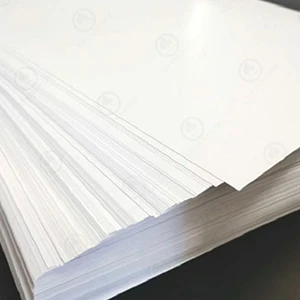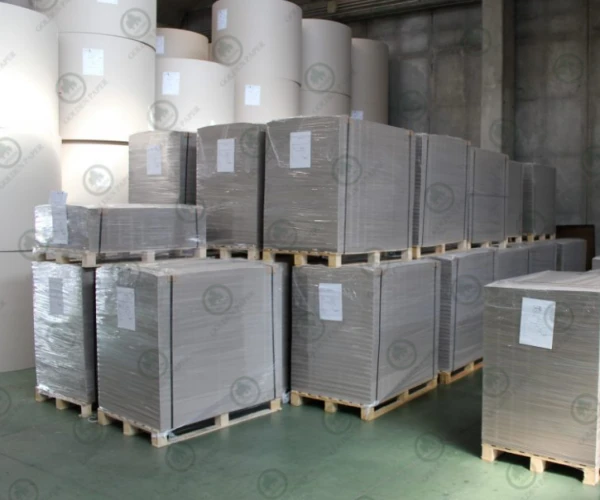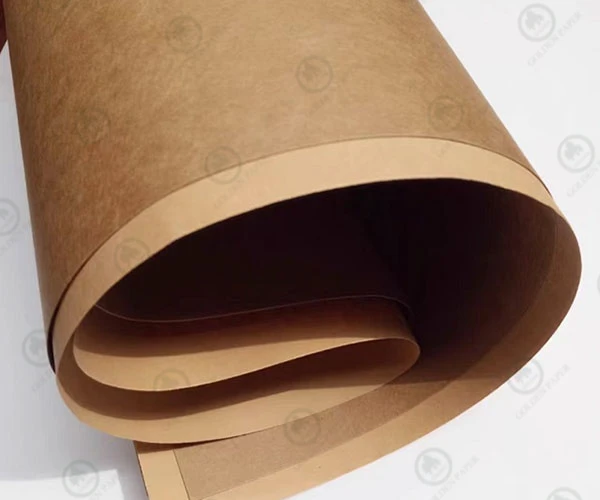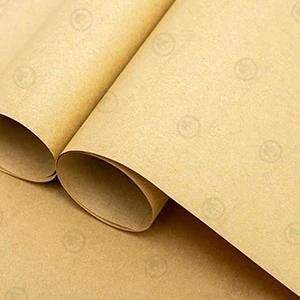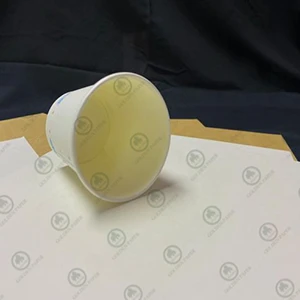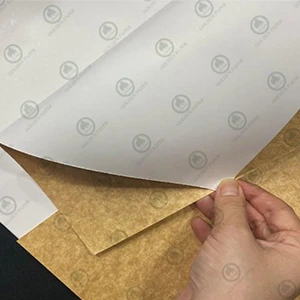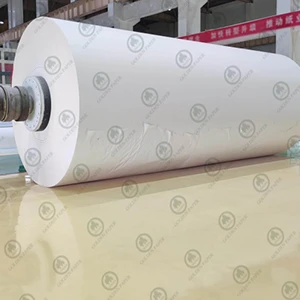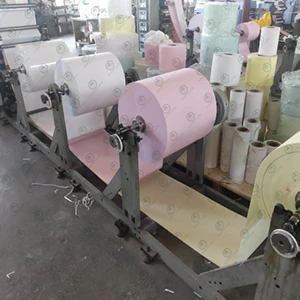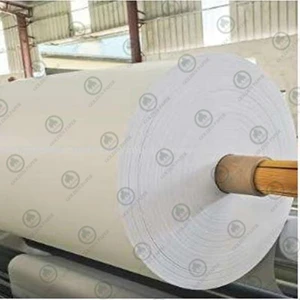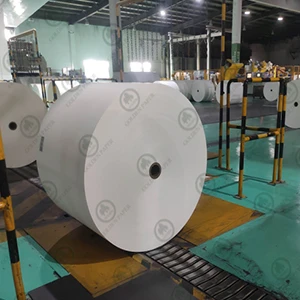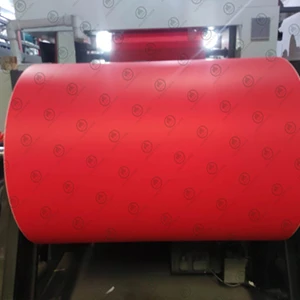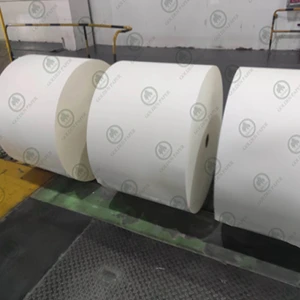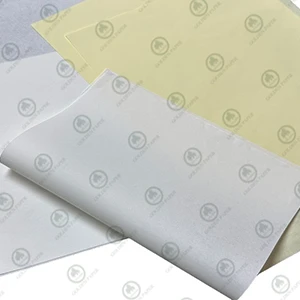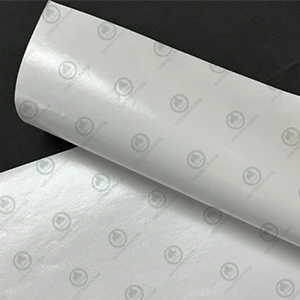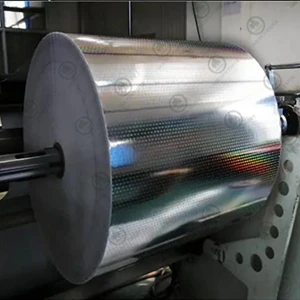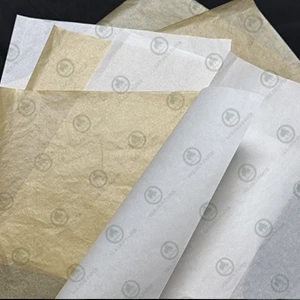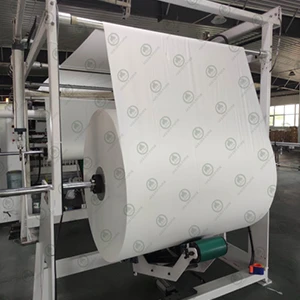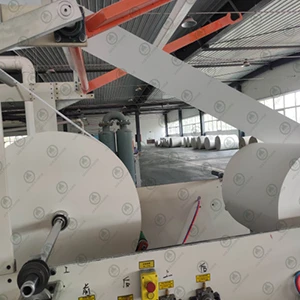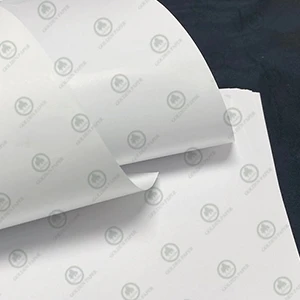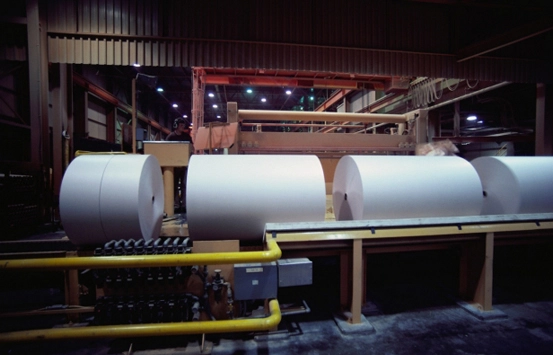Paper pulp, a fundamental component in the papermaking process, is derived from broken down plant fibers and serves as the primary raw material for a wide array of products.
Beyond its traditional use in making copy paper and cardboard boxes, pulp is also integral to the production of items such as diapers, menstrual products, computer screens, paint, and clothing. The American Forest & Paper Association (AF&PA) highlights that pulp is created using two main inputs: wood from sustainably managed forests and recycled paper.
The Pulping Process
The creation of paper pulp varies depending on the input material. When using wood, the process aims to separate cellulose fibers from lignin, a natural glue-like substance. Softwoods, such as pine, provide longer fibers for strong products like cardboard, while hardwoods, like oak, offer shorter fibers for softer products like toilet paper. Recycled paper is processed in a repulper, which separates fibers for reuse.
Types of Paper Pulp
Paper pulp is categorized into mechanical and chemical types based on production methods:
· Mechanical Pulp: Also known as groundwood, this type involves physically grinding wood, retaining lignin, which results in more pulp but with impurities. It is typically used for newspapers and magazines.
· Chemical Pulp: This type uses chemicals to break down wood, allowing for the separation of cellulose fibers without losing strength. The process recycles over 90% of the chemicals used, and the waste, known as black liquor, can be used as fuel. This pulp is used for high-quality printer and writing paper.
Specialty Pulp
Specialty pulps include:
· Fluff Pulp: Highly purified and absorbent, used in diapers and menstrual products.
· Nanocellulose: A smaller form of cellulose, used in technology like computer screens for its thin, clear, and flexible properties.
· Dissolving Pulp: Converts cellulose fibers into threads for clothing and sheets.
Sustainability in Pulp Production
The importance of sustainable practices in pulp and paper production. These practices include sustainable forest management, responsible sourcing, recycling, emissions reductions, and water management.
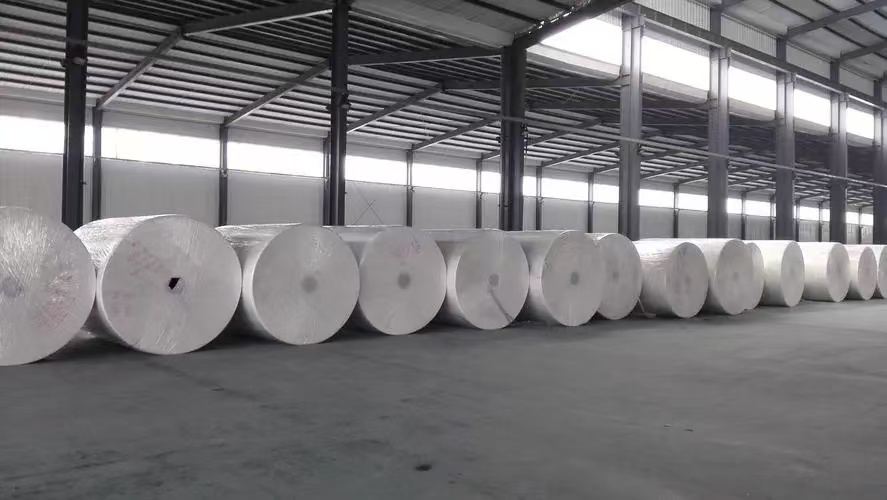
 GOLDEN PAPER
GOLDEN PAPER
 EN
EN
 fr
fr  de
de  es
es  it
it  ru
ru  pt
pt  ar
ar  vi
vi  tr
tr  id
id 

